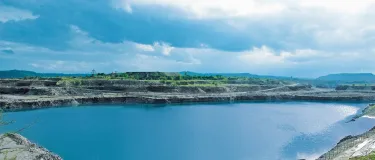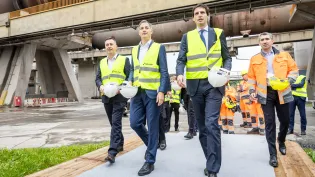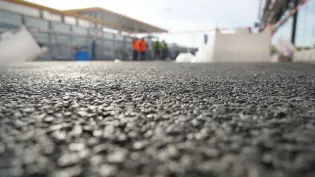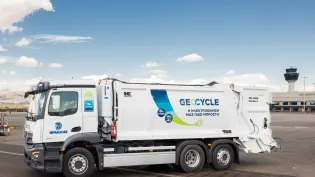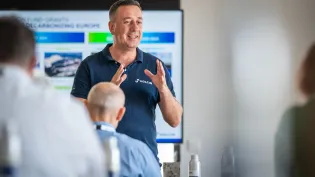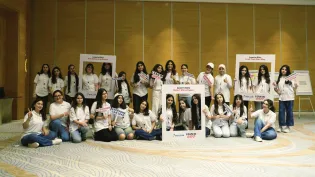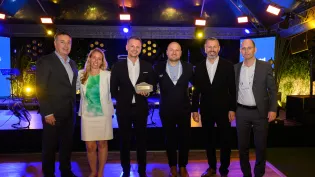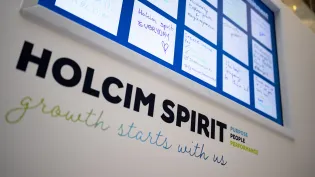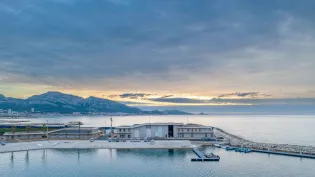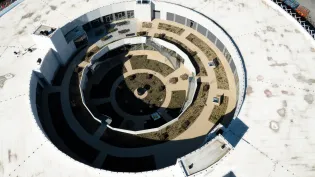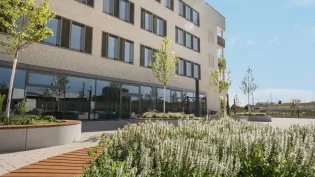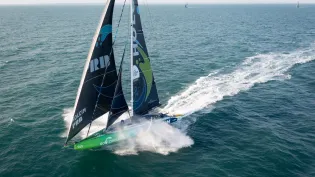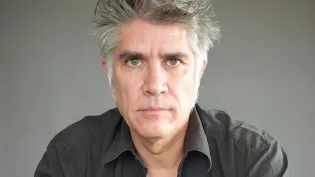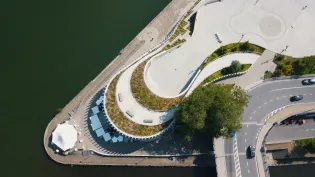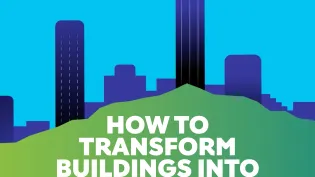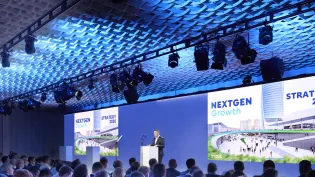Reducing freshwater withdrawal in Ecuador
Elvira Tovar, Head of Sustainability at Holcim Ecuador, looks closely at the container that contains a sample taken from a manufacturing site in Guayaquil, Ecuador. She wipes her forehead. It’s a hot, thirsty day - one when people’s thoughts naturally turn to the contents of the container, water.
“In the race to reduce emissions and support sustainability targets, there’s one area that is often overlooked, water,” Elvira says. “Yet it’s one of the most vital things to sustain life on our planet, and it’s increasingly precious.”
Through an innovative five-year industrial ‘symbiosis’ model, residual water treated at facilities owned by beverage producer Tesalia will be reused for concrete production at the San Eduardo plant. The water Elvira holds has just undergone treatment and purification.
It’s just one of the projects that Holcim has in place to reduce water withdrawal by 33% by 2030, in line with our NextGen Growth 2030 strategy, as we work to build a nature-positive future.

Elvira Tovar, Head of Sustainability, Holcim Ecuador
Ensuring water security
Around 4 billion people, or at least 50% of the world's population, live under highly water-stressed conditions for at least one month of the year. This is something that Elvira has experienced first hand.
“In 2024, Ecuador was hit by a severe drought. Our rivers and reservoirs dried up, and since hydroelectric power accounts for 79% of the electricity we generate here, this brought the power grid to the brink of collapse. It was terrible to see,” she says.
“This is why there’s a pressing need to reduce, reuse and recycle freshwater - to ease pressure on resources, protect valuable ecosystems and ensure water security for future generations,” Elvira adds.
Why “Every Drop Builds”
While projects are ongoing across the world, in Ecuador this innovative industrial partnership will allow Holcim to save 41,000 m³ of freshwater by 2029.
Our local team, including Elvira, has joined forces with Tesalia, a large beverage company, and a strategic partner of PepsiCo – also with a presence in Guayaquil – on a pioneering sustainable water management project named “Every Drop Builds”.
Through an innovative five-year industrial ‘symbiosis’ model, water treated at Tesalia’s facilities will be reused for concrete production at the San Eduardo plant. The project will optimize water use, minimize waste and improve the operational efficiency of both companies.
Advanced water treatment
At Tesalia, water from various industrial processes undergoes advanced treatment at a dedicated water treatment plant. This multi-stage process includes sedimentation, filtration, and purification, ensuring the treated water meets all legal discharge standards. Once treated, the water is stored in industrial reservoirs for reuse by Holcim Ecuador.
In line with rigorous traceability standards, every batch of water is carefully monitored. Its source, volume, and quality are analyzed to confirm it meets the strict requirements for producing ready-mix concrete for Holcim.
After being stored in our reservoirs, the treated water is then used directly in Holcim’s production process.
Through this collaborative initiative, Holcim Ecuador will reuse 41,000 m³ of water over the course of the project—enough to fill 28 Olympic-sized swimming pools—dramatically reducing the need for freshwater withdrawal and supporting more sustainable industrial practices.
Pioneering collaborative models
While Holcim and Tesalia are active in very different industries, they are establishing a model of business collaboration that will enable a more sustainable and resilient future.
The success of this partnership has paved the way for similar collaboration with two more large companies that share our commitment to protecting freshwater resources.
Holcim Ecuador has signed five-year agreements with Bimbo, a leader in the bakery industry, and Oletnat, a company specializing in industrial water treatment. Through these partnerships, we will be able to reuse approximately 40,200 m³ of treated water in readymix production.
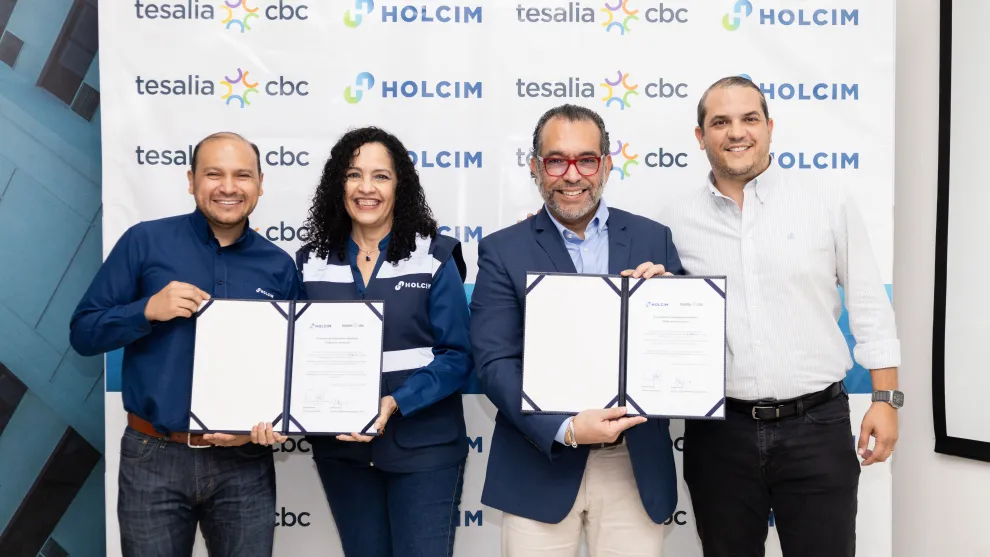
Sustainable innovation isn’t just an option, it’s a necessity. And it's time to challenge the status quo because concrete doesn't have to rely on freshwater. Today, it's both possible and necessary to build responsibly – because every drop matters.
“We’re proud to pioneer a new model with Tesalia, Bimbo and Oletnat to use treated water in our operations.” Elvira says. “Large-scale partnerships like this not only make a difference, they show the way in our industry – as Holcim works to reduce our freshwater withdrawals.”





